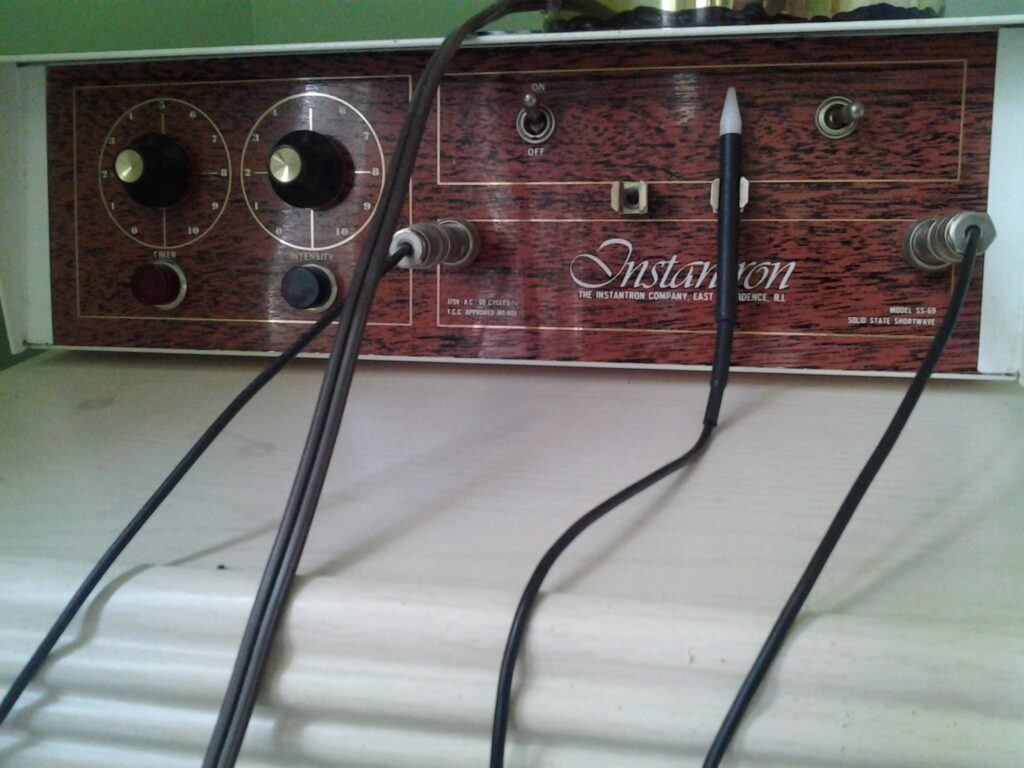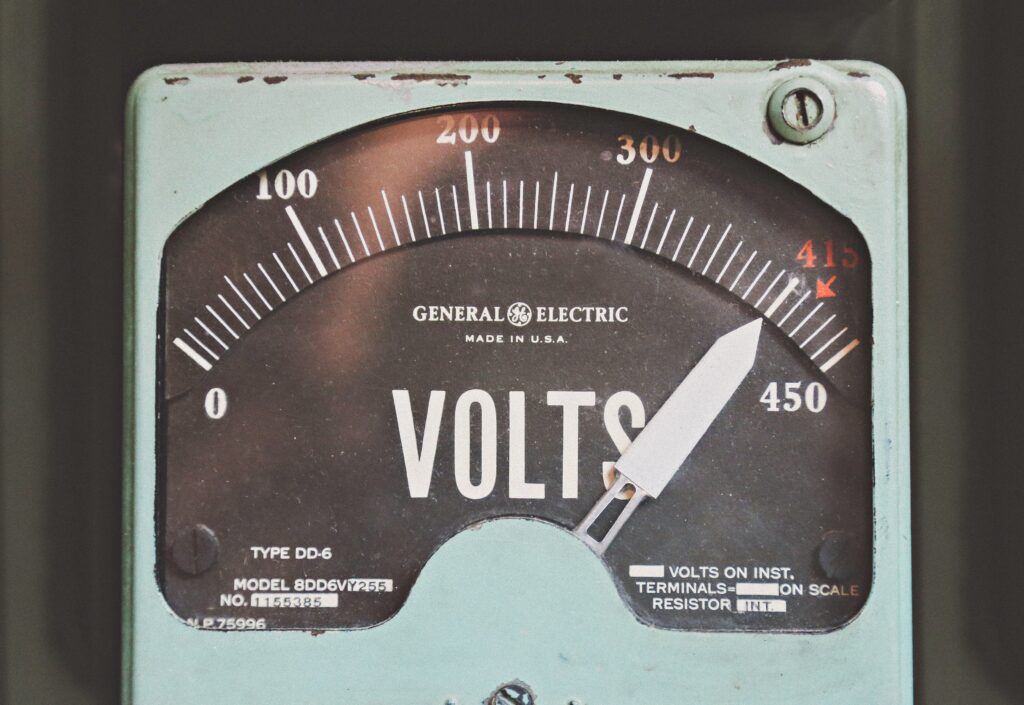This Article, “The History of Electrolysis | Did You Know?” Addresses Questions about Electrolysis, Its origin and Application. Is This Solution Right for You?
Electrolysis has been around for more than 140 years. This article will briefly address the history of electrolysis so you will have a better understanding of its origin, application, and purpose.
Hopefully, in the end, you can consider if this is the solution for your hair removal concerns.
What Is Electrolysis? | How Does It Work?
Does it involve electricity? How safe is it? Does it really work? These are common questions which will be answered as we take a look at the history of electrolysis.
Sometimes an invention may be intended for one thing but turn out to have more far-reaching benefits. This is the case with electrolysis. In 1875, a St. Louis, Missouri, ophthalmologist, Dr. Charles E. Michel, came up with a solution to remove painful ingrown eyelashes. He successfully used this for his patients.
Since then there has been different modalities and other technological improvements. The Federal Drug and Administration (FDA) has approved electrolysis for permanent hair removal.
In short, an equipment having positive and negative polarities, a probe (very fine needle), which is connected to the negative pole is used. The probe is inserted into each hair follicle during treatment. The base of the follicle is moist containing a solution of salt and water.

Electrolysis Modalities and Methods | Three Main Ones
There are different modalities or methods used …
- Galvanic: The application of DC (direct current) to produce lye in the hair follicle. Lye destroys the origin from which hair grows, preventing it from producing more hair; hence, the permanent removal. Moisture at the base of the hair follicle allows this to take place.
- Thermolysis: High-frequency current also destroy the source of hair generation. It is the destruction of tissue by heat, and is faster than the galvanic method.
- The Blend: A combination of the other two modalities for greater effectiveness in some cases; for example, coarser hair and curved follicles. The galvanic does a more thorough job while thermolysis is faster.
Each modality achieves the same end result. Together, it is possible to successfully treat just about every problem presented. The decision to use one or the other depends on …
- The comfort of the client.
- The area of the body and the type of hair being treated.
- The duration of the treatment.
As you can see, electricity is involved in the Galvanic and blend modalities.

Safety is a primary requirement when you place yourself in the hands of a trusted, professional electrologist.
Hair Cycle | Three Stages
It will take several treatments for long-term results to be seen. The elimination of hair will be evident after each treatment. This will not determine its effectiveness because of the hair cycle. The three stages are …
- Anagen: A shaft of hair is born and ascends towards the skin surface. It breaks through and gets ready for the next stage.
- Catagen: The hair begins to separate from its root and pushes further up.
- Telogen: The final stage of the cycle. The hair is totally detached and ceases to grow. It dies.
Picture this: One of the methods is used to treat hair follicle. The hair that is visible above the surface is successfully epilated, not tweezed. The source is destroyed and will no longer be able to produce hair; however, hair could still surface from that follicle. Here’s how …
… A hair that has already been born is still in the follicle. It will eventually come to the surface. There may also be hairs that were previously broken off or are in the final cycle making their way up.
It may appear as though hair continues to grow from the follicle. This is why it is assumed by some that electrolysis is not effective, but it is not so. In the above example, it is impossible for hair to regenerate from follicles treated effectively, where the root is permanently destroyed.
The result of electrolysis is evident after several follow-up treatments. Everyone’s case is different, so it is best to let your electrologist give you an estimated treatment plan after a thorough consultation.
Did you know that lye is formed as a result of a chemical action by applying electricity to a salt water solution? That’s a mouthful!
How Widespread Is It? | Electrolysis in the Marketplace
People from all continents are exposed to different methods of hair removal including electrolysis. One important factor when doing a client’s consultation is to ascertain their ethnicity. This is critical for laser hair removal.
The reason is that different skin color, hair types and color will react differently to each method and application.
Bear in mind, however, that all skin and hair types are treated with electrolysis.

Did you know that your ethnicity was something to take into consideration before electrolysis or laser hair removal treatment?
Who Is A Candidate? | Are You?
Electrolysis may be performed on the following …
- Someone who is affected by hirsutism, superfluous hair growth. Get a diagnosis of the problem from an endocrinologist first. Hormone imbalance is a contributing factor. It is best to address that medical problem in addition to dealing with the outward appearance.
- Someone who has gray, white, or red hairs that cannot be treated by normal laser. The laser light is unable to detect these hairs.
- Someone, male or female, who wants to remove hair from any part of the body for whatever reason.
Did you know that men, as well as women, may be bothered by hair in different parts of the body?
Pros and Cons
Everyone will not have the same opinion or experience. There are several things to consider before deciding on a treatment plan.
Pros:
- It works regardless of the hair growth cycle.
- It permanently removes hair once the genesis of hair formation is destroyed.
- It has an advantage over laser hair removal, which will not work for gray, white, or red hair.
- Overtime the cost may be one of the least expensive.
Cons:
- There may be scarring and pigmentation in some cases.
- It will take several treatments to be effective.
- It is expensive.
Laser hair removal is on the rise, but sometimes it is necessary to combine both especially where laser is ineffective.
Another thing worth mentioning is that electrolysis is the only medically approved method of permanent hair removal. Some practicing laser hair removal tend to put electrolysis in the light of nonpermanency while stressing laser as permanent. Laser may be a quicker method.
Did you know that laser cannot “see” gray, white, or red hairs?
Electrolysis History Lesson | Wrap It Up
So here’s the thing: In this article, The History of Electrolysis, we see that it has survived for over 140 years. The inventor and other pioneers left a legacy that has been improved on over time.
Electrolysis uses electricity, is safe in the hands of an experienced and professional electrologist, and works effectively. The three modalities used are galvanic, thermolysis, and blend. Together, they provide a solution for every hair removal problem.
Every continent has practiced this method of hair removal among others. It is important to know a client’s ethnicity, which is especially critical for laser hair removal. This should be determined during a thorough consultation.
Everyone MAY be a candidate for electrolysis.
Despite its effectiveness in permanently removing hair, it has its down side. Take everything into consideration before making a decision.
Did you know that all hope is not lost, and you can find the help you need?

I hope this short article, “The History of Electrolysis | Did You Know?” has helped you in some way. There is a vast amount of information on the subject and related matter. This is just an introduction especially for those who are at a loss and need to be pointed in the right direction.
Feel free to leave your questions and comments below. I will do my best to address them.
(As an Amazon Associate, I earn on qualifying purchases.)
I thought it was cool when you explained that electrolysis is the process where electricity is used to utilize to remove unwanted hair. My wife is always complaining about having to shave her legs. Electrolysis seems like something she should consider using.